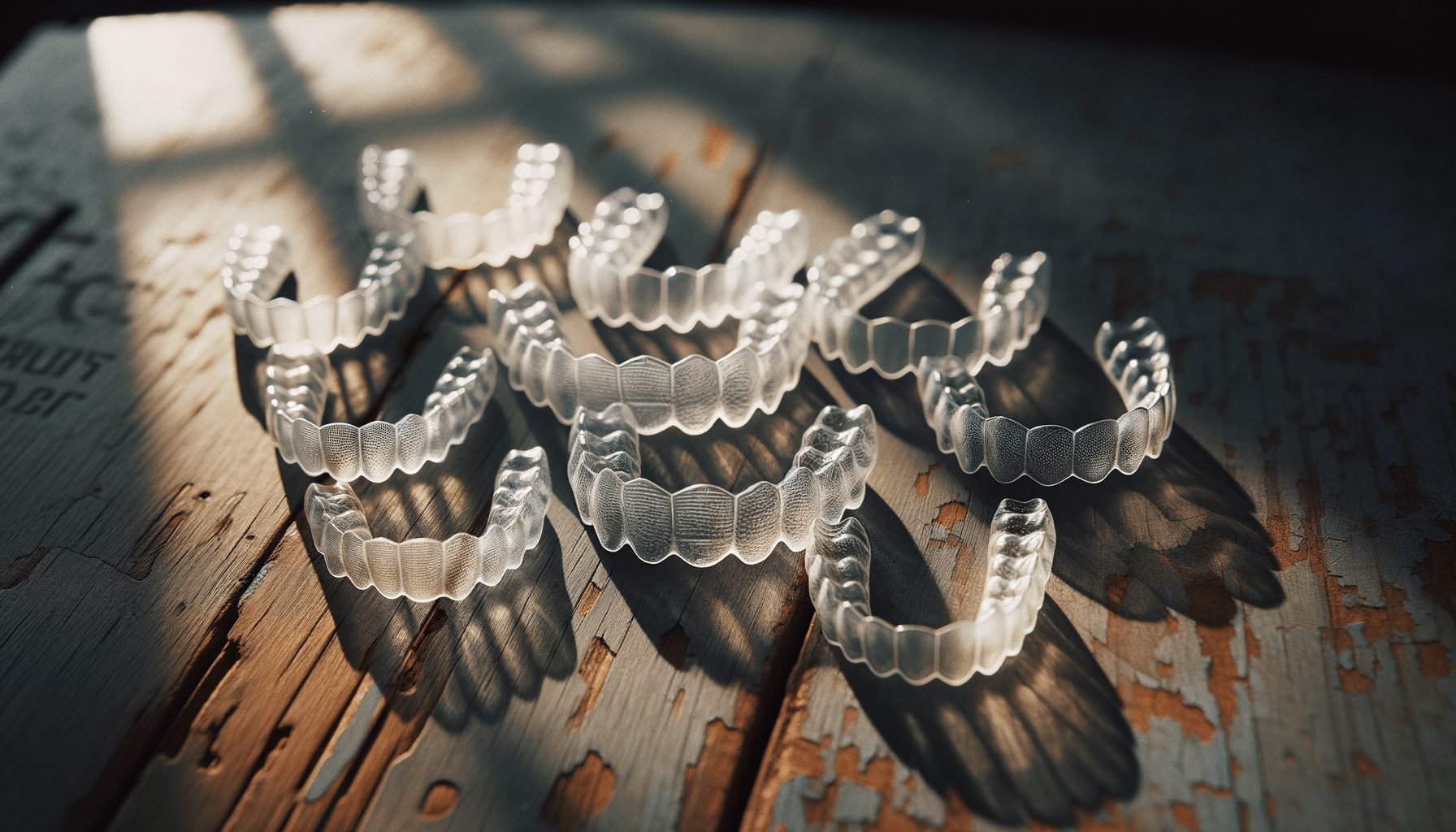
Invisible Teeth Aligners Costs Explained: What You Need to Know
Introduction to Invisible Teeth Aligners
Invisible teeth aligners have revolutionized the way people approach orthodontic treatment. Gone are the days when metal braces were the only option for straightening teeth. These clear aligners offer a discreet and comfortable alternative, making them increasingly popular among both teenagers and adults. Invisible aligners are crafted from a transparent material that fits snugly over your teeth, gradually guiding them into the desired position. This innovative approach not only improves aesthetics but also enhances oral hygiene, as the aligners can be easily removed for eating and cleaning.
The cost of invisible teeth aligners can vary significantly, depending on several factors. Understanding these costs is crucial for anyone considering this treatment option. By exploring the various components that contribute to the overall expense, individuals can make informed decisions and budget accordingly. In this article, we delve into the key aspects of invisible aligner costs, offering insights into what you can expect when embarking on this journey to a healthier, more confident smile.
Factors Influencing the Cost of Invisible Teeth Aligners
The cost of invisible teeth aligners is influenced by a range of factors, each contributing to the final price tag. One of the primary considerations is the complexity of the case. Simple alignment issues may require fewer aligners and a shorter treatment duration, leading to lower costs. Conversely, more complex cases involving significant tooth movement may necessitate additional aligners, increasing the overall expense.
Another factor is the brand of aligners chosen. Various companies offer different pricing structures based on their unique technologies and treatment plans. While some brands may offer more affordable options, others might provide advanced features or faster results, justifying a higher cost.
Geographical location also plays a role in determining costs. Aligners in urban areas or regions with a higher cost of living might be priced differently than those in rural or less expensive areas. Additionally, the expertise and reputation of the dental professional overseeing the treatment can influence pricing, as highly experienced practitioners may charge more for their services.
Lastly, insurance coverage can impact the cost of invisible aligners. Some dental insurance plans may cover a portion of the treatment, reducing out-of-pocket expenses. It’s important to check with your provider to understand what is included and how it affects your overall costs.
Comparing Costs: Traditional Braces vs. Invisible Aligners
When considering orthodontic treatment, comparing the costs of traditional braces and invisible aligners is essential. Traditional braces, made of metal brackets and wires, have been the go-to solution for decades. They are generally less expensive than invisible aligners, making them an attractive option for those on a tight budget. However, the aesthetic drawbacks and potential discomfort associated with braces can be significant deterrents.
Invisible aligners, on the other hand, offer a more discreet and comfortable experience. While they may be more expensive upfront, the benefits of improved aesthetics, convenience, and ease of maintenance often outweigh the additional cost for many patients. Furthermore, aligners require fewer visits to the dentist for adjustments, potentially reducing long-term expenses.
Ultimately, the decision between traditional braces and invisible aligners should consider not only the financial aspects but also personal preferences and lifestyle. Those who prioritize appearance and comfort may find the investment in invisible aligners worthwhile, while others may opt for the cost-effectiveness of traditional braces.
Understanding Payment and Financing Options
For many individuals, the cost of invisible teeth aligners can be a significant expense. Fortunately, there are various payment and financing options available to help manage these costs. Many dental practices offer flexible payment plans, allowing patients to spread the expense over several months or even years. This approach can make the treatment more accessible by reducing the burden of a large upfront payment.
Additionally, some providers offer financing through third-party companies specializing in healthcare payments. These companies often provide low or no-interest financing options, subject to credit approval. This can be an attractive option for those who prefer to finance their treatment rather than pay in full immediately.
It’s also worth exploring any discounts or promotions offered by aligner companies or dental practices. Some providers may offer special pricing for students, military personnel, or families, further reducing the overall cost of treatment.
- Flexible payment plans
- Third-party financing options
- Discounts and promotions
Being proactive in researching and understanding these options can significantly impact the affordability of invisible aligners, making them a viable choice for a broader range of individuals seeking a straighter smile.
Conclusion: Making an Informed Decision
Invisible teeth aligners offer a modern, discreet solution for achieving a straighter smile. Understanding the costs involved is a crucial step in making an informed decision about your orthodontic treatment. By considering the factors that influence pricing, comparing options with traditional braces, and exploring available payment and financing solutions, you can ensure that this investment in your dental health aligns with your budget and lifestyle.
Ultimately, the choice to pursue invisible aligners should be guided by personal preferences and financial considerations. With the right information and planning, you can embark on a journey toward a healthier, more confident smile that fits both your needs and your wallet.


